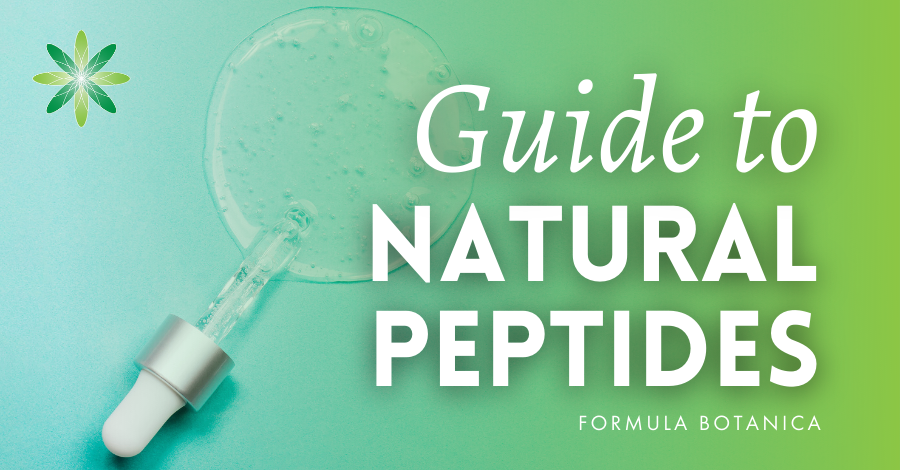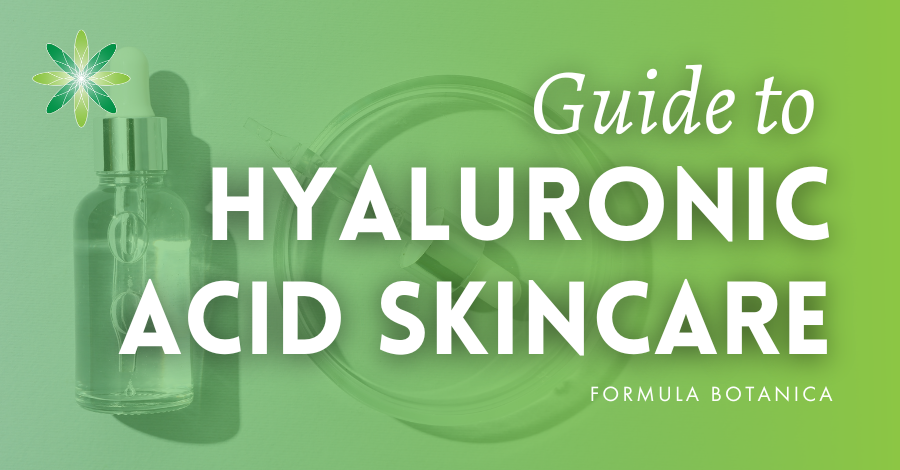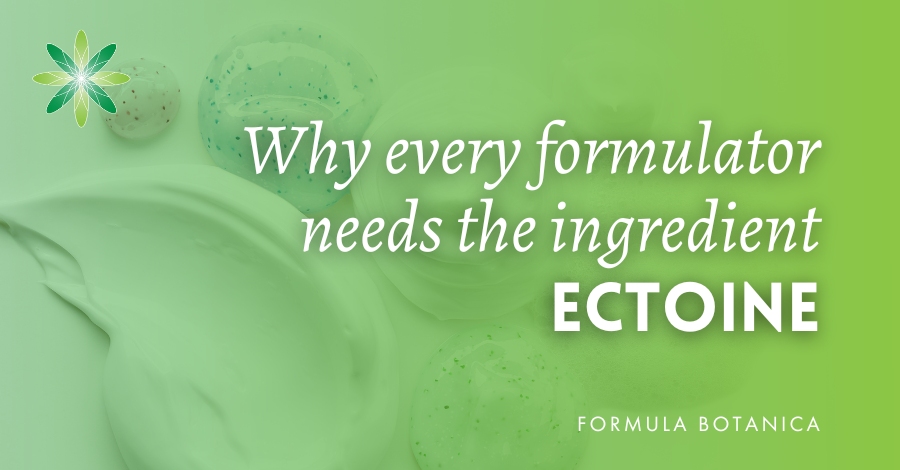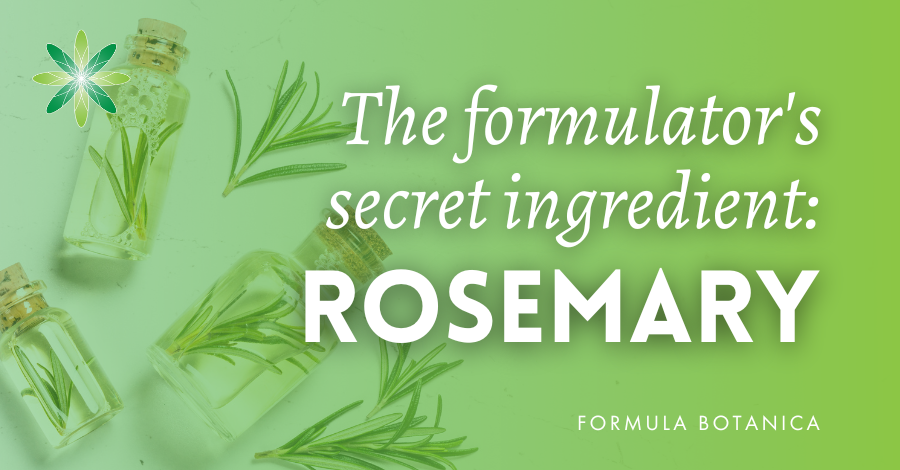If you create your own skincare and sell your products to anyone in the EU, then you have undoubtedly heard of the EU Cosmetics Regulations 1223/2009. This piece of legislation is often cursed by many skincare entrepreneurs, but ultimately it serves to protect all of us – as consumers, as formulators and as business owners.
One of the most mathematically challenging parts of the EU Cosmetics legislation however, involves the labelling of fragrance allergens. It is a legal requirement to declare the fragrance allergens in your cosmetic product, because certain fragrance ingredients have the potential to cause skin sensitization.
And the EU isn’t the only part of the world enforcing compliance with these requirements. The ASEAN Cosmetics laws, New Zealand’s Cosmetics legislation, as well as China, Argentina and Brazil all assume compliance with fragrance allergen declaration and labelling. So if you intend to sell cosmetics anywhere around the world, then you should ensure that your labels are compliant.
The Declaration of 26 Fragrance Allergens on Cosmetics
When you look at the bottom of the label on your cosmetic product and see ingredients such as geraniol, linalool, eugenol, etc. then you know that these are the fragrance allergens contained within your cosmetic product. There are currently 26 declarable fragrance allergens, which must be labelled when they occur at 0.001 % in a leave on product or 0.01% in a rinse-off product.
Cosmetic formulators currently need to determine which allergens feature in their ingredients, then calculate the exact percentage at which they feature in their products and then declare these allergens on the label (we teach this in our Diploma in Organic Skincare Formulation). Many formulators find this requirement overly bureaucratic and struggle to fit the long list of allergens onto their cosmetics labels. It does however help consumers identify any particular components to which they may be allergic.
But 26 is really a very low number when you consider that there are currently 3,000 fragrance materials in use in cosmetics, of which there are:
- 250 functionals
- 500 odorous naturals
- 2,250 odorous synthetics
In fact, IFRA (the International Fragrance Association) estimates that fragrance allergen patients have been growing in number steadily in the last two decades. After all, fragrances don’t just occur in cosmetics – they are also found in detergents, toys, air fresheners and other home products. It is however estimated that 80% of the total fragrance chemical volume is used in cosmetics and 20% in household products.
Proposed Changes to Fragrance Allergen Requirements
Consumers started to tell the industry and trade bodies by 2009 that they wanted more ingredients listed on the label. So in response, in 2011 the Scientific Committee on Consumer Safety (SCCS) released their opinion on fragrance allergens in cosmetic products.
This document ruffled many feathers at the time. The SCCS recommended that the consumer would be notified of the presence of any of (up to) 127 fragrance allergens. They also recommended that 11 key ingredients such as limonene were by default restricted to 100ppm (that’s 0.01% of the final product).
The cosmetics industry soon realised that if they were going to implement this recommendation that more than 90% of all fragrance products would be affected. In fact, it would have rendered several olfactory notes (such as citrus) completely impossible in finished products.
The international fragrance industry is worth billions and certain iconic fragrances such as Eau de Cologne or Chanel No. 5 would have had to be completely reformulated to handle these changes. These fragrances would have been fundamentally different as a result.
So in response, the key players set up IDEA – the International Dialogue for the Evaluation of Allergens. This body brings together international scientists in the form of representatives from industry, regulatory bodies, academia and independent observers. IDEA is attempting to provide a broadly agreed and transparent framework for assessing fragrance sensitisers globally.
More Fragrance Allergens on Cosmetic Labels
The current regulatory proposal (which hasn’t yet been finalised or adopted) has put forward the following:
- All cosmetics will need to declare any of 90 fragrance allergens contained within the product if they occur at 0.01 % in a leave-on product or 0.01% in a rinse-off product.
- Eleven substances (including for instance, limonene) will have their final threshold managed through a Dermal Sensitization Quantitative Risk Assessment (QRA).
- Three allergens (HICC/Lyral, Atranol and Chloroatranol) are considered not safe and will be banned.
This number of fragrance allergens has changed multiple times throughout discussions over the last years, which is why you will see different figures quoted all around the internet. The total number may yet go up or go down.
And of these 90 fragrance allergens, 33 are natural extracts including Lavandin officinalis oil, Citrus sinensis peel oil and Jasmin grandiflorum oil. These natural extracts will need to be declared in full alongside any fragrance allergens they contain. This means that you may end up double-labelling an ingredient by listing the whole plant as well as some of the potential allergens it contains.
If you manufacture your own cosmetic products, you are by now probably asking yourself questions such as:
- “Where will I fit up to 90 other ingredients on the label?”
- “Does this information have to be printed on my labels or can I just include it on my website?”
- “How long until this proposal comes into force?”
The truth is that answers aren’t available for any of these questions yet. Work is still ongoing and the European Commission has yet to make a decision regarding the practicalities of the proposed regulatory changes.
But one thing is very sure – regardless of the outcome of this long-term project, if you currently sell cosmetic products, then you will need to be prepared to add many more ingredients and fragrance components to your labels in the future. It is very likely that other regions and their legislation will follow what the EU does, so be prepared to implement this in many countries around the world.
What do you think of the proposed changes to fragrance allergen declaration on cosmetics? Leave us a comment below and tell us!
This article was written using information provided in a presentation by Dr. Matthias Vey, IFRA’s Science Director, at the Society of Cosmetic Scientists’ ‘Naturals in Cosmetic Science’ conference held on the 1st and 2nd of July 2015 in London.
Leave us a comment
Lorraine Dallmeier is a Biologist, Chartered Environmentalist and the CEO of Formula Botanica, the award-winning online organic cosmetic science school. Read more about Lorraine and the Formula Botanica Team.



























All I can say is we need to be prepared for this. I guess my question is I create bespoke products and my ingredients are handwritten for these. How will this be affected?
I believe it’s a great idea for the consumers as they will be much safer knowing the possible allergens. It’s all about safety at the end. Even if it means more work for us. But the consumer is the one that’s paying for our product… So I say let’s get studying all the allergens 🙂
Am by name queen Elachi from Nigeria, I want to know where can I get skin care education, please if you of any help just hit my mail thanks